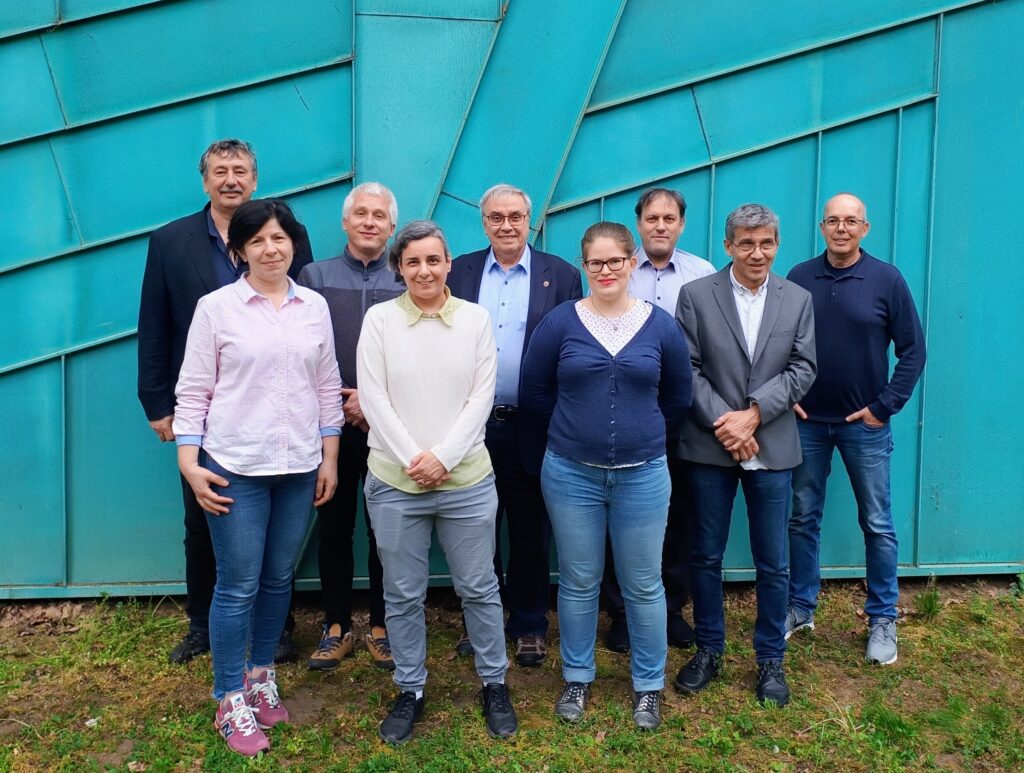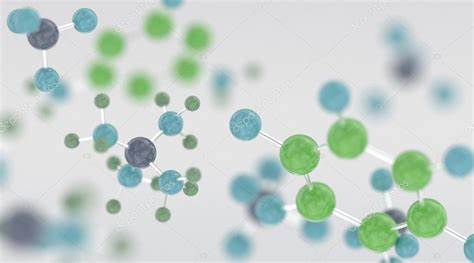Research leader name
Dr. László Virág

Cancer claims 33,000 lives in Hungary every year, therefore cancer research is one of the priority topics of strategic importance both in Hungary and in the European Union. The aim of our research group is to investigate the antitumor immune response to identify new molecular targets to be characterized in preclinical studies with the ultimate goal of improving the effectiveness of currently used immunotherapies. The immunosuppressive mechanisms of the tumor environment are responsible for the partial failure of currently used cell therapies as well as immune checkpoint inhibitor therapies. Therefore, we develop novel therapeutic approaches focused on the reprogramming of tumor-associated immune cells. Moreover, new types of cell therapy procedures that are less sensitive to inhibitory signals are also under development.
Downloads
We investigate transcriptomic and proteome-level changes in tumor-associated macrophages (TAM) and myeloid-derived suppressor cells (MDSC) in various in vitro and in vivo tumor models. Moreover, based on the meta-transcriptome, we track functional changes of the microbiome related to tumor progression. The results obtained are used to identify new pharmacological targets and to improve the efficiency of experimental therapeutic procedures.
Furthermore, we try to optimize chimeric antigen receptor expressing T-cell (CAR-T) models that often show limited efficacy against solid tumors. Moreover, we aim to develop more widely usable CAR-NK and CAR-macrophage (CAR-M) based therapeutic systems that are expected to better infiltrate solid tumors. Based on our previous data, we reprogram TAM and MDSC cells in the immunosuppressive tumor microenvironment by pharmacological modulation of various ion channels (Kv1.3, KCa3.1) and targeted alteration of the lipid content of cells, as well as through immunomodulatory bacterial metabolites.
Data obtained in transcriptomic and proteomic analysis will also be used to identify and validate potential targets in in vitro, ex vivo and in vivo tumor models.




